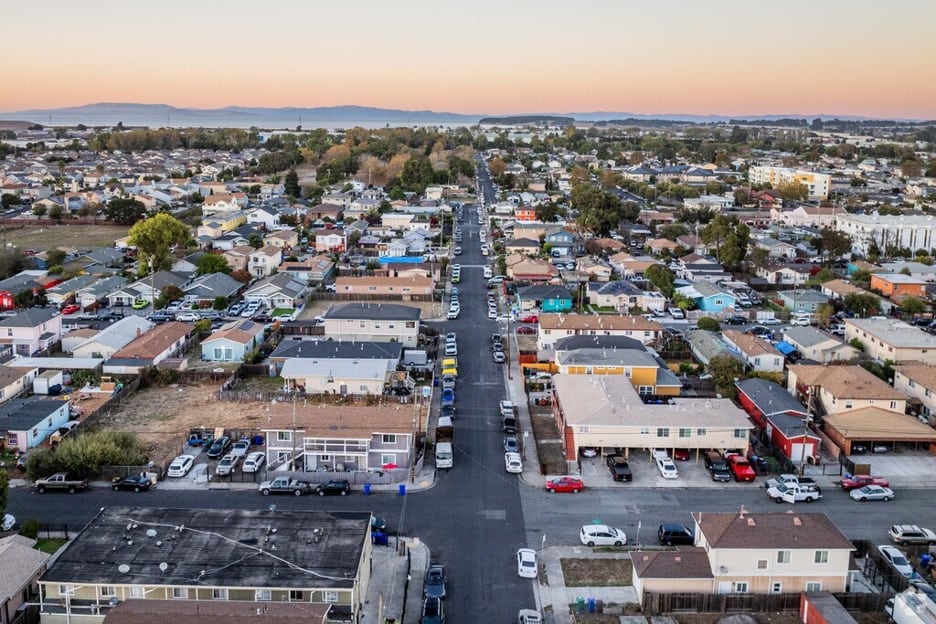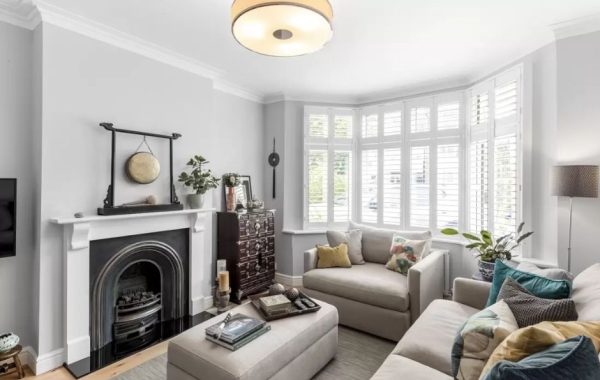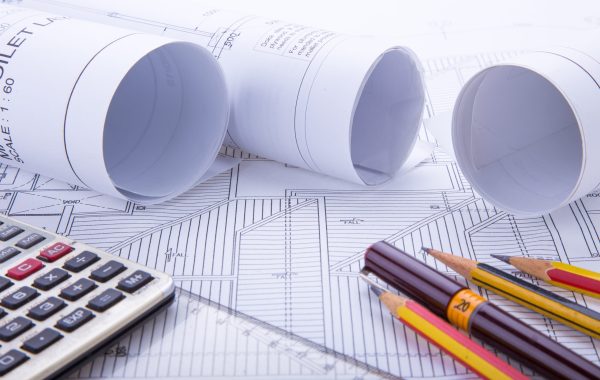Your Ultimate Guide to Richmond North Twickenham’s Building Regulations and Compliance
When it comes to constructing or renovating a property in Richmond’s North Twickenham, understanding building regulations is crucial. These regulations ensure that any building work meets the safety standards, structural integrity, and environmental requirements that are set forth by local authorities. Whether you’re planning a simple home extension, a loft conversion, or a new build, complying with the building regulations will save you time, money, and potential legal issues down the line. In this article, we will explore the essentials of building regulations in Richmond North Twickenham, focusing on key requirements, processes, and tips for ensuring your project stays compliant.
What are Building Regulations?
Building regulations are a set of standards that govern the design, construction, and alteration of buildings to ensure they are safe, accessible, and energy-efficient. They cover a wide range of aspects, including:
- Structural integrity: Ensuring the building is sound and safe.
- Fire safety: Making sure the property can withstand fire risks and facilitate evacuation if needed.
- Accessibility: Ensuring that buildings are accessible to everyone, including those with disabilities.
- Energy efficiency: Making sure the building is well-insulated and uses energy efficiently.
- Plumbing and drainage: Ensuring safe water systems and proper waste disposal.
In Richmond North Twickenham, as in the rest of the UK, these regulations are overseen by local authorities, and any construction work must comply with them to ensure the safety and well-being of residents and the surrounding community.
Why are Building Regulations Important in Richmond North Twickenham?
Richmond North Twickenham is a highly sought-after area with a rich blend of historic and modern properties. Its proximity to central London, excellent transport links, and charming residential streets make it a popular location for property owners looking to build or renovate their homes. However, with the area’s unique architectural styles and its conservation efforts, building regulations in Richmond North Twickenham are particularly significant for several reasons:
1. Preservation of Local Character and Heritage
Richmond North Twickenham is home to several conservation areas and listed buildings, which must be carefully maintained and preserved. These regulations help to safeguard the area’s distinctive architectural charm, ensuring that new developments and alterations fit harmoniously into the existing landscape.
2. Sustainability and Environmental Impact
As part of efforts to promote sustainability, building regulations in Richmond North Twickenham focus on ensuring energy-efficient designs. These regulations encourage the use of eco-friendly materials, renewable energy sources, and insulation standards that help reduce the environmental footprint of new buildings and renovations.
3. Safety and Security
Building regulations are designed to prevent accidents and ensure the safety of all residents. In Richmond North Twickenham, these regulations provide critical guidelines on fire safety, structural stability, and safe access. These measures are particularly important in areas where properties may be older or where there are more complex developments, such as flats or multi-story buildings.
Key Building Regulations for Richmond North Twickenham
Understanding the essential building regulations is crucial when planning your project. Below are some of the key regulations that you should be aware of when developing or renovating a property in Richmond North Twickenham.
1. Planning Permission vs. Building Regulations
It is important to distinguish between planning permission and building regulations approval. While planning permission deals with whether a project fits within local zoning laws and the overall aesthetic of the area, building regulations focus on the technical and structural aspects. You may need to apply for both, but these are separate processes.
2. Energy Efficiency and Insulation Standards
Richmond North Twickenham is committed to improving sustainability, and building regulations have strong provisions related to energy efficiency. New buildings or major renovations must meet stringent insulation requirements for walls, roofs, floors, and windows. You may also be required to install energy-efficient heating systems, such as underfloor heating, or use renewable energy solutions like solar panels.
3. Fire Safety and Escapes
Fire safety is a critical element of building regulations in Richmond North Twickenham. Buildings must have sufficient fire exits, fire doors, and alarms to protect occupants in case of an emergency. Regulations also specify the materials that can be used in construction, particularly for roofing, cladding, and partitions, to ensure that they do not compromise fire resistance.
4. Structural Safety
Structural integrity is a fundamental requirement of building regulations. Whether you are building a new home or making alterations to an existing property, structural calculations must be provided to demonstrate that the building will be safe and stable. This is particularly important in areas where soil conditions or flood risks could affect the foundation and overall structure.
5. Access for People with Disabilities
Another crucial aspect of building regulations is ensuring that properties are accessible to people with disabilities. This includes the provision of ramps, wider doorways, and accessible bathrooms. In Richmond North Twickenham, where many older properties may not meet current accessibility standards, this regulation is essential for new builds or significant renovations.
6. Waste and Water Management
Proper drainage and waste management are another integral part of building regulations. This includes ensuring that properties have an efficient water management system to prevent flooding and contamination. Sustainable drainage systems (SuDS) are often encouraged to manage rainwater run-off and reduce the risk of local flooding, especially in areas prone to heavy rainfall.
The Building Regulations Process in Richmond North Twickenham
The process of ensuring your project complies with building regulations involves several key steps. Here’s a general overview of what to expect:
Step 1: Pre-application Advice
Before you begin, it’s advisable to consult with Richmond’s local building control team. They can offer guidance on the specific requirements for your property and help you navigate any local considerations, such as conservation areas or listed buildings.
Step 2: Submit a Building Regulations Application
Once you have a clear plan for your project, you will need to submit a Building Regulations Application to the local council. This application will include detailed plans and specifications of the work, including structural calculations, energy efficiency measures, and fire safety provisions.
Step 3: Approval and Inspections
Once your application is approved, your project will be subject to a series of inspections by building control officers. These inspections ensure that the work complies with all the necessary regulations. Inspections are usually carried out at various stages of the project, including after the foundations are laid, during construction, and once the project is completed.
Step 4: Completion Certificate
Once the project is completed and passes all inspections, you will receive a Completion Certificate. This document serves as proof that your building work complies with the required regulations and is safe to occupy.
Tips for Ensuring Compliance
To ensure that your project complies with building regulations in Richmond North Twickenham, here are some helpful tips:
- Hire Qualified Professionals: Work with architects, engineers, and contractors who are experienced in the building regulations process and familiar with the requirements specific to Richmond North Twickenham.
- Stay Updated on Changes: Building regulations can change over time. Ensure that your plans are up-to-date with the latest requirements.
- Consider the Environmental Impact: Richmond North Twickenham is a green and sustainable area, so consider eco-friendly materials, renewable energy sources, and energy-efficient technologies in your design.
- Consult with Local Authorities Early: The sooner you engage with local authorities and building control officers, the smoother your project will go. Pre-application advice is a valuable resource.
Conclusion
Building regulations in Richmond North Twickenham play a critical role in ensuring that new developments and renovations are safe, sustainable, and in keeping with the local character of the area. Understanding these regulations and following the required processes will not only help you avoid costly mistakes but also contribute to the preservation of the community’s unique charm. Whether you are embarking on a small extension or a larger-scale construction project, keeping building regulations at the forefront of your planning will guarantee a successful and compliant development in Richmond North Twickenham.





